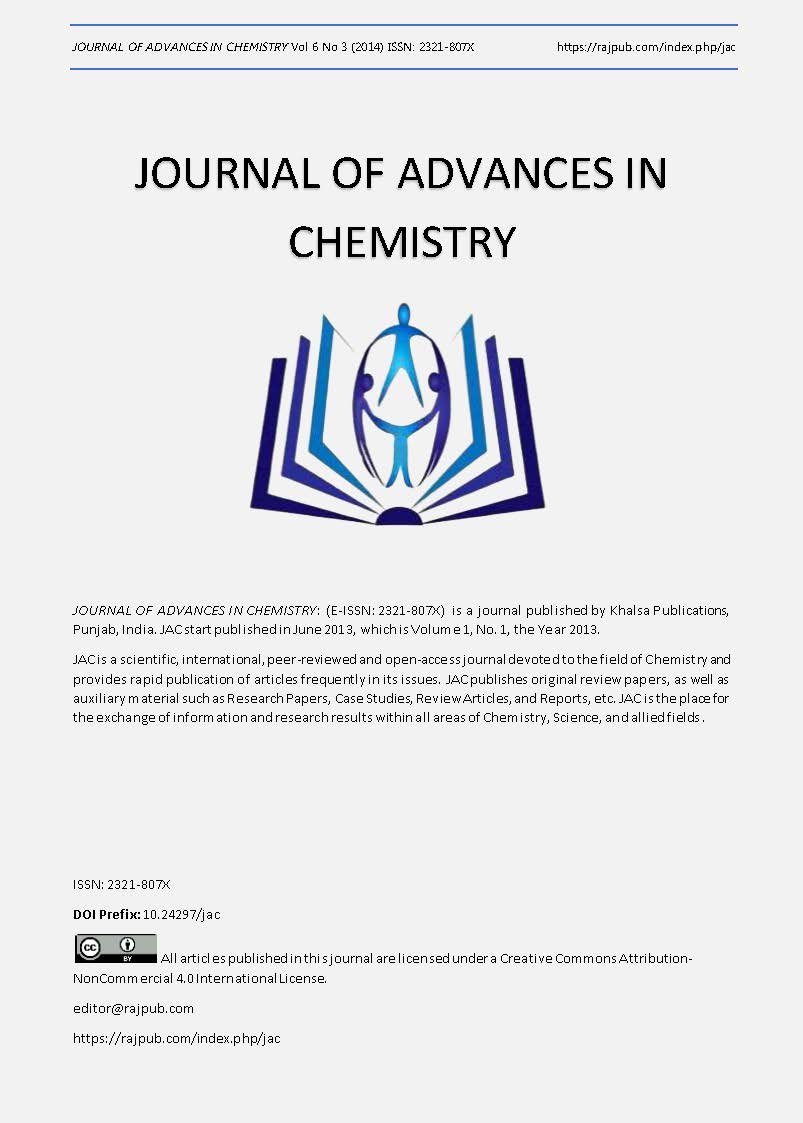Comparison of Dissolved Metal Constituents of Borehole and Well Water in Osogbo Metropolis
DOI:
https://doi.org/10.24297/jac.v6i3.2644Keywords:
Water analysis, bore-hole, well-water, metals, toxicityAbstract
Introduction: Water is considered safe for consumption only if the dissolved particles are not hazardous to health. This study evaluated and compared the concentrations of certain metals in water from bore-holes and wells in Osogbo metropolis.Â
Methods: A total number of 36 boreholes and 36 wells from six different geographical zones of Osogbo were used for this study. The concentrations of calcium, magnesium, iron, manganese, copper, selenium, cobalt, cadmium, chromium, lead and zinc were determined in them using atomic absorption spectrophotometry method.
Results: Concentrations of calcium, magnesium, and manganese, increased significantly (P<0.05) while the level of copper decreased significantly (P<0.05) in well-water when compared with bore hole-water. There were no significant differences (P>0.05) observed in the levels of iron and lead in well-water when compared with bore-hole water. Zinc, cadmium, chromium, selenium and cobalt were not detected in both water samples. Levels of Mg, Pb and Cu were higher in both well and bore hole waters of Osogbo metropolis when compared with the WHO standard for drinkable water.
Conclusion: It could be concluded in this study that well water may contain more dissolved metals from the top soil. To avoid metal-induced toxicity, feasibility studies may be necessary to ensure that wells are not sited in areas where toxic materials have been deposited.Â
Downloads
Downloads
Published
How to Cite
Issue
Section
License
 All articles published in Journal of Advances in Linguistics are licensed under a Creative Commons Attribution 4.0 International License.
All articles published in Journal of Advances in Linguistics are licensed under a Creative Commons Attribution 4.0 International License.




